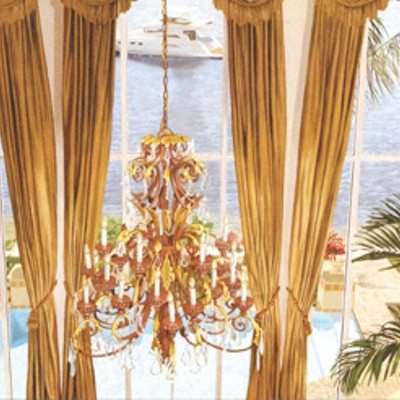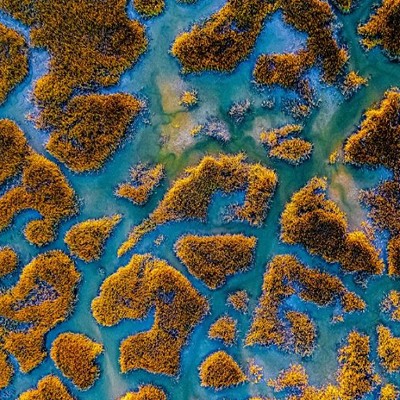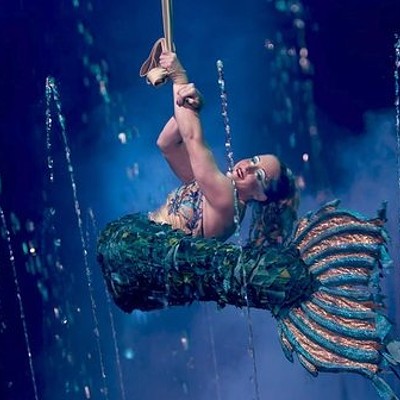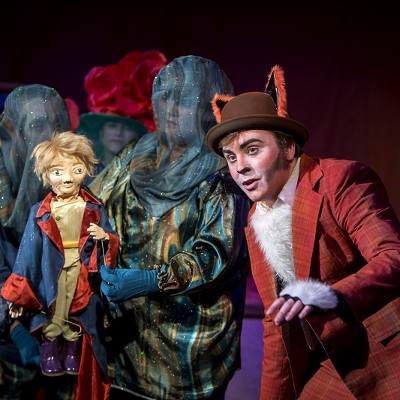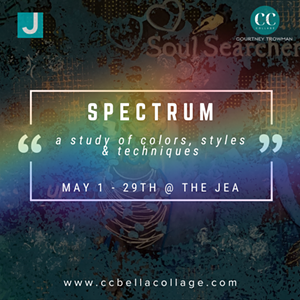The word “mapping” crops up everywhere lately. It has become an over-used piece of art jargon, usually meaningless because its traditional meaning has been stretched beyond sense.
But standing in front of these works it becomes clear that the “map”, with its diagrammatic form, has become the most appropriate tool of representation in contemporary art. It can communicate long after the traditional naturalistic styles – landscapes, still-life and portrait or figure drawing, or even abstract expression - have ceased to translate.
This exhibition is four works on paper (averaging 25” x 35” each) and one vast drawing along one whole wall, “Remapping Savannah,” specially conceived for this show. The works on paper (“Resistance”, “Courtesan”, “The Last Kingdom”, and “Broken Verses”) each consist of a curvilinear line, which reminds me of a gestural drawing of a figure while in motion, a kind of lyrical, almost erotic freeform shape. And this line has been further emphasized by the application of small map board pins. They throw a tiny shadow on the paper under the gallery lights.
But additional pins, of varying colors, cluster in spots, reminding us of the familiar military map of enemy installations, maybe, or a less sinister demographic map showing shopping patterns in a town. The interesting combination of uninhibited line and purposeful clusters makes me think of the entire piece as representing a “body”, but one being examined for its clusters of harmful bacteria, its sites of infection. Adding that metaphor to the idea of a city map would give us a reading of the city which is like a “body.”
The “Remapping Savannah” wall drawing is a large rectilinear grid made up of various colored lines that meet and dissect, sometimes overlap and have dead end breaks. It’s rather like a labyrinth or maze.
At certain crossing points there are square clusters of pins, and square drawings and photos of brickwork details of buildings or pavements. It’s clear we’re dealing with the city center and can decode the references. Surely the larger squares with clusters of green-headed pins represent the squares. And some of the small drawings are reproductions of early maps of the original Historic District squares.
After seeing the exhibition I was walking back along Abercorn to the river and, glancing to my left, I spotted a building with a grouping of pink bricks that I thought might have been used in one such detail. But when we try to make this “map” into a reality, we realize that things are not quite right. The squares are not positioned with geographical correctness – they seem too haphazard. Then we realize that we are looking at a mapping system made from the impreciseness of memory.
Memory diagrams can exist for either time or space. I use one for time. In my mind, the points of time connect, but when I try to draw this as a diagram, I find I cannot make the lines connect. There are dead ends and lines that go straight off into nothing.
We have all had the experience of asking directions from someone who points ahead and inevitably uses landmarks that he, himself, knows. These are invariably personal to him, and may be trivial – “turn right at the public phone box”; “it’s next door to the house with an iron fence”; the linking of each street may not seem to be the important element here, or the direction-giver may only know the place through seeing it himself as he wandered around.
In the 1960s, the Situationists developed something called “psychogeography,” the science of the dérive, the drift. These dérives were not random, but persuaded the psychogeographer to use his or her imagination to experience the urban surroundings in a new way.
This was clearly what Caswell had in mind as she strolled around the town center, getting a feel for the place, and then went to her drawing board to “recreate” her impressions from memory. Like John Cage’s instructions to his musicians, she gives us “directions, but no ‘map’.”
The trajectory of most artists’ lives is: BFA, MFA, perhaps teaching, gallery shows – a career path mapped out in advance. When we turn to Caswell’s bio, we find she started with a Bachelor’s degree in Philosophy; then she took a drift in another direction for a Master’s in International Relations; and then she went down another road and got a Bachelor’s in Fine Art.
Her work is completely in tune with the way she lives her own life. And she has nicely avoided the art school’s longueurs.
What: Remapping Savannah (and other stories): A site specific installation and cartography by Janice Caswell. Where: Pinnacle Gallery, 320 E. Liberty St. When: Through June 1.

